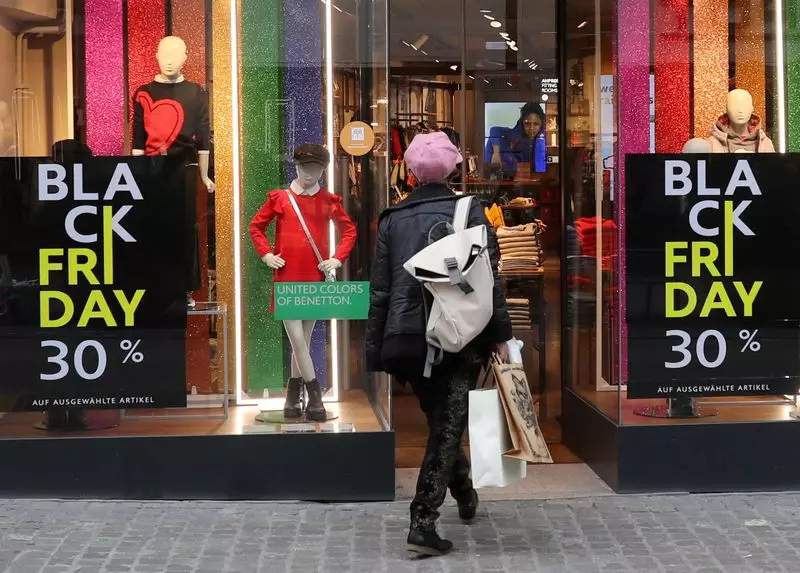The landscape of holiday shopping is undergoing a substantial transformation, driven largely by changing consumer habits that are reshaping how and where people spend their money during the festive season. A recent report from the Bank of America Institute sheds light on this ongoing evolution, revealing significant trends that point towards an increasing preference for online shopping, particularly among lower-income households. This shift highlights the dynamics of modern consumer behavior and the implications for both retail businesses and the economy as a whole.
According to the report, there has been a noteworthy change in consumer spending patterns, particularly in the holiday shopping arena. A comparison with pre-pandemic data from 2019 indicates that there has been a 5% decline in in-store spending during key holiday shopping days such as Black Friday and Christmas Eve. Consumers are not only embracing online platforms but also deciding to shop earlier, leveraging the convenience that digital marketplaces provide. The transition towards online retail has been accentuated by a 2% increase in the shares of holiday spending allocated to Cyber Monday, revealing an undeniable preference for the ease associated with electronic transactions over traditional in-person shopping.
The ramifications of this shift are particularly pronounced for lower-income households, which have increasingly opted for online deals as a means to stretch their budgets. This demographic change is indicative of a broader trend where consumers are trading physical shopping experiences for digital savings. Reports suggest that, in August 2024, online shopping accounted for 26% of all retail card spending, marking a significant increase over the last couple of years, a trend predominantly fueled by households earning under $50,000 annually.
While the trend towards digital shopping appears to be more pronounced among lower-income groups, higher-income households continue to patronize brick-and-mortar establishments to a greater extent. The data reveals a mere 4% decrease in mall spending among affluent consumers since 2021, suggesting that this demographic retains a certain affinity for physical retail environments. This divergence paints a complex picture of holiday shopping behavior, where economic factors play a crucial role in determining consumers’ shopping preferences.
The stark differences in shopping habits also imply a segmentation of the retail market—one wherein higher-end malls maintain stability, while lower-income consumers gravitate to online platforms for affordable options. Such shifts may lead to a reconfiguration of retail strategies as businesses adapt to meet the evolving needs of their customer base. Retailers may need to reevaluate their marketing and operational tactics to cater to the distinct preferences evident among different income groups.
As we delve deeper into the implications of these findings, it becomes clear that traditional holiday shopping hotspots are losing their dominance. The Bank of America’s report indicates a decline in mall spending over the two weeks surrounding Christmas, dropping to 15% in 2023 from 18% in 2019. During the same timeframe, online holiday spending has risen, now nearly equaling that of in-store expenditures. For retailers, this trend necessitates a strategic pivot; businesses aiming for success during the holiday season must prioritize their online presence to remain competitive.
Moreover, external factors, such as recent port strikes, could pose challenges for the retail landscape if they lead to supply chain disruptions. However, Bank of America’s Global Research indicates that unless prolonged, the strikes are unlikely to substantially impact consumer shopping behaviors. Retailers may instead opt to absorb costs to keep prices stable and maintain consumer loyalty.
Looking forward to the holiday season in 2024, it is crucial for retailers to recognize and adapt to these increasingly digital shopping trends. The rising prominence of online spending, especially among value-conscious consumers, creates both challenges and opportunities. As households, particularly those earning less, continue to prioritize bargains and convenience, the retail environment stands on the precipice of a fundamental change. Forward-thinking businesses will leverage data and insights to innovate their marketing strategies, ensuring they meet the wants and needs of a new generation of consumers in an ever-evolving marketplace.

